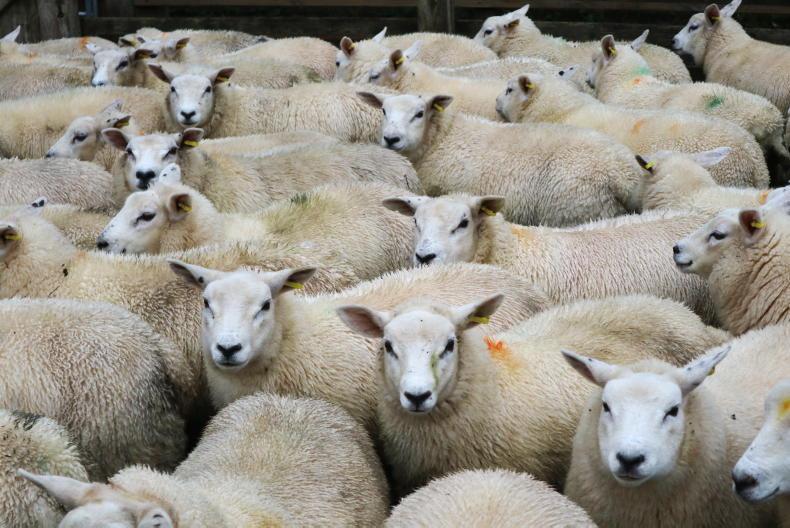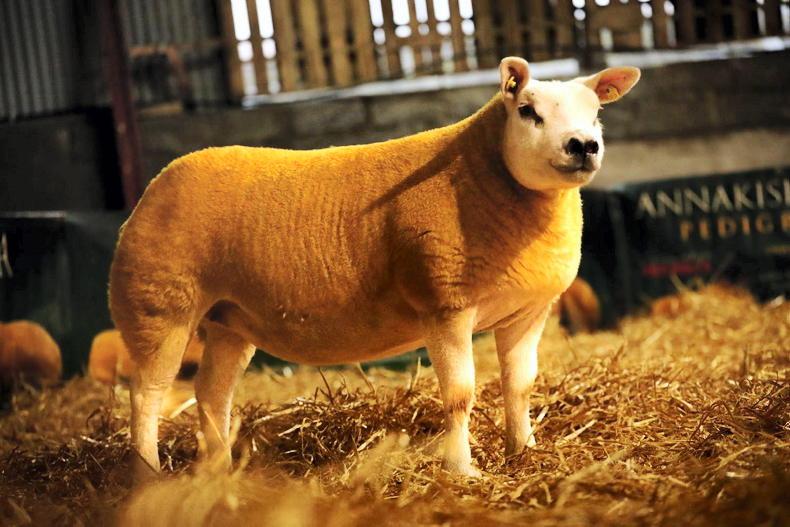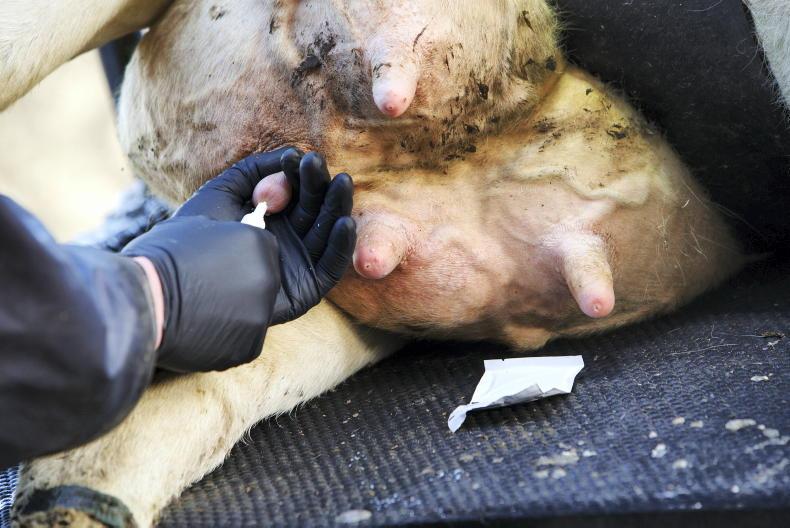Any mastitis about?” he casually asked.
“Aye, I’ve several ewes in the last fortnight with wrecked bags,” I mournfully replied. “Mind you,” I hastily added, “Zactran and Metacam at least saves the ewe.”
This last statement was vitally important to save face, in case he then delivered a knockout punch by claiming zero mastitis incidences. Don’t you just hate it in farming when you confess to some agricultural tragedy of your own making, only to meet with a superior riposte from a self-satisfied clever clog who never gets it wrong?
Maybe I should have expected plenty of udder infection in lactating ewes, given the continuous wet field conditions for the duration of lambing. However, part of me reckoned that with years of experience, and by heavily feeding vulnerable batches of sheep and lambs, perhaps I could reduce the incidences right down to just two or three sheep. Not for the first time in my farming career, I was wrong.
Housing
With extra time on my hands nowadays, I had gone to the bother of housing main flock triplets and poor milkers in a poultry house, and then grazed (and fed) them on their own after turnout.
Similarly, when the ewe lambs eventually decided to give birth, any with doubles were kept as a batch and pushed to the limit with concentrate, up to, including and beyond turnout. The plan was to finally forget about the price of meal and concentrate (pun intended) solely on udder preservation. By and large, that plan worked.
Low risk
However, it was the ordinary ‘working’ batches of doubles that were supposedly low risk that gave bother.
During a spell of about three weeks in late April and early May, I must have had 10 or 12 ewes succumbing to classic cases of mastitis. No one could accuse me of missing them for a day either, because when a ewe was slow to come to the trough one morning, I knew it was pneumonia or mastitis. I caught her, turned her up and felt the udder.
If there was no swelling, no lumps, no heat, I jagged the ewe for suspected pneumonia. Next morning, if the bag had hardened, she was obviously in the throes of developing infection when I had checked her the day before.
Spattering
Therefore, as things stand, I have a healthy spattering of sheep wandering around with enormous, hard udders, swinging below them like bagpipes. At least they are alive.
However, if prevention is better than cure, then my experiment with heavier-than-normal feeding has gone well so far.
I’ve had some poor results in recent years with ewe lamb doubles, so much so that I promised to pull one lamb off all ewe lamb pairs this spring.
But when it came to the bit, we already had 16 pets that were off milk, and neither Susan nor I felt inclined to rear another 16, so we took the easy option.
Management is quite simple –- you just pretend that meal is free and then you try to see how much they will eat.
In the first few weeks those wee mums gobbled up 1.25kg/head of meal every day, with a creep feeder introduced when the lambs were three weeks old.
They are now at grass, still being fed (a mere 440g/head), while the lambs are getting slowly addicted to the creep feeder. They are now eating about 300g/head, but this is likely to rise over the next month I would imagine.
I would point out this is an experiment, purely to see if it is possible to drastically reduce mastitis in young mothers. So far, I can only find one ewe with a badly chewed teat, out of 15 sets of doubles. Compared with other years, this is a fantastic result.
As for ignoring the cost of meal, of course I do have the occasional lapse when I scribble down figures on the back of an envelope.
Unfortunately, the additional cost of feeding (over and above a comparable ewe lamb rearing a single lamb) is a cool £35/head.
I suppose the ultimate test of the success or otherwise of this trial will be whether or not I do it again next year.










SHARING OPTIONS